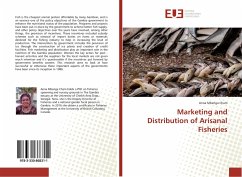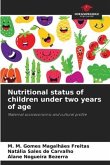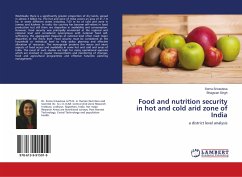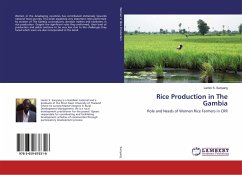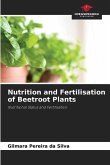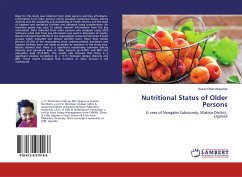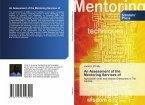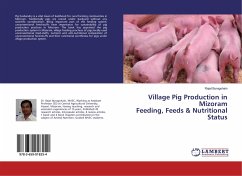Fish is the cheapest animal protein affordable by many Gambian, and is an essence one of the policy objectives of the Gambia government to enhance the nutritional status of the population. Programs and projects have been put in place by the government to achieve better fish supply, and other policy objectives over the years have involved, among other things, the provision of incentives. These incentives included subsidy schemes such as removal of import duties on items or materials destined for the fishing industry to help in increasing the level of production. The intervention by government includes the provision of ice through the construction of ice plants and creation of credit facilities. Fish marketing and distribution play an important role in the nutrition of the Gambia population. Women the key actors for post -harvest activities and the suppliers for the local markets are not given much intention and it's questionable if the incentives put forward by government benefitswomen. This research aims to look at how successful or otherwise these important aspects of the governments have been since its inception in 1986.
Bitte wählen Sie Ihr Anliegen aus.
Rechnungen
Retourenschein anfordern
Bestellstatus
Storno

